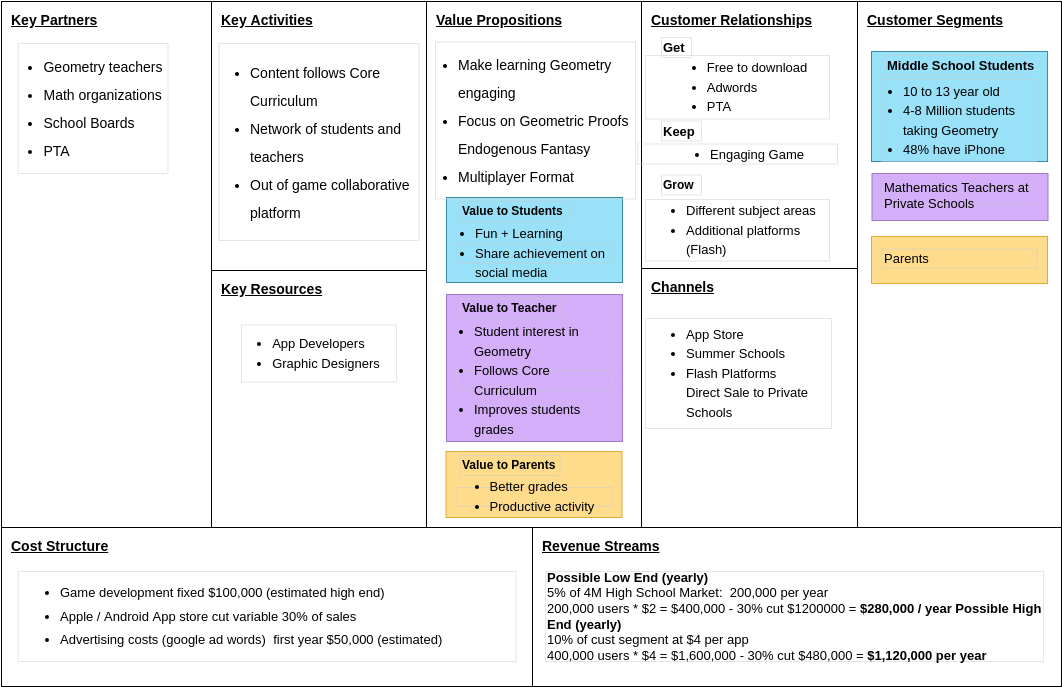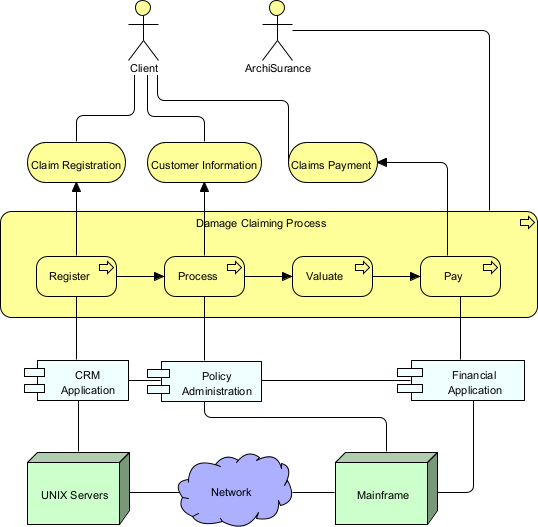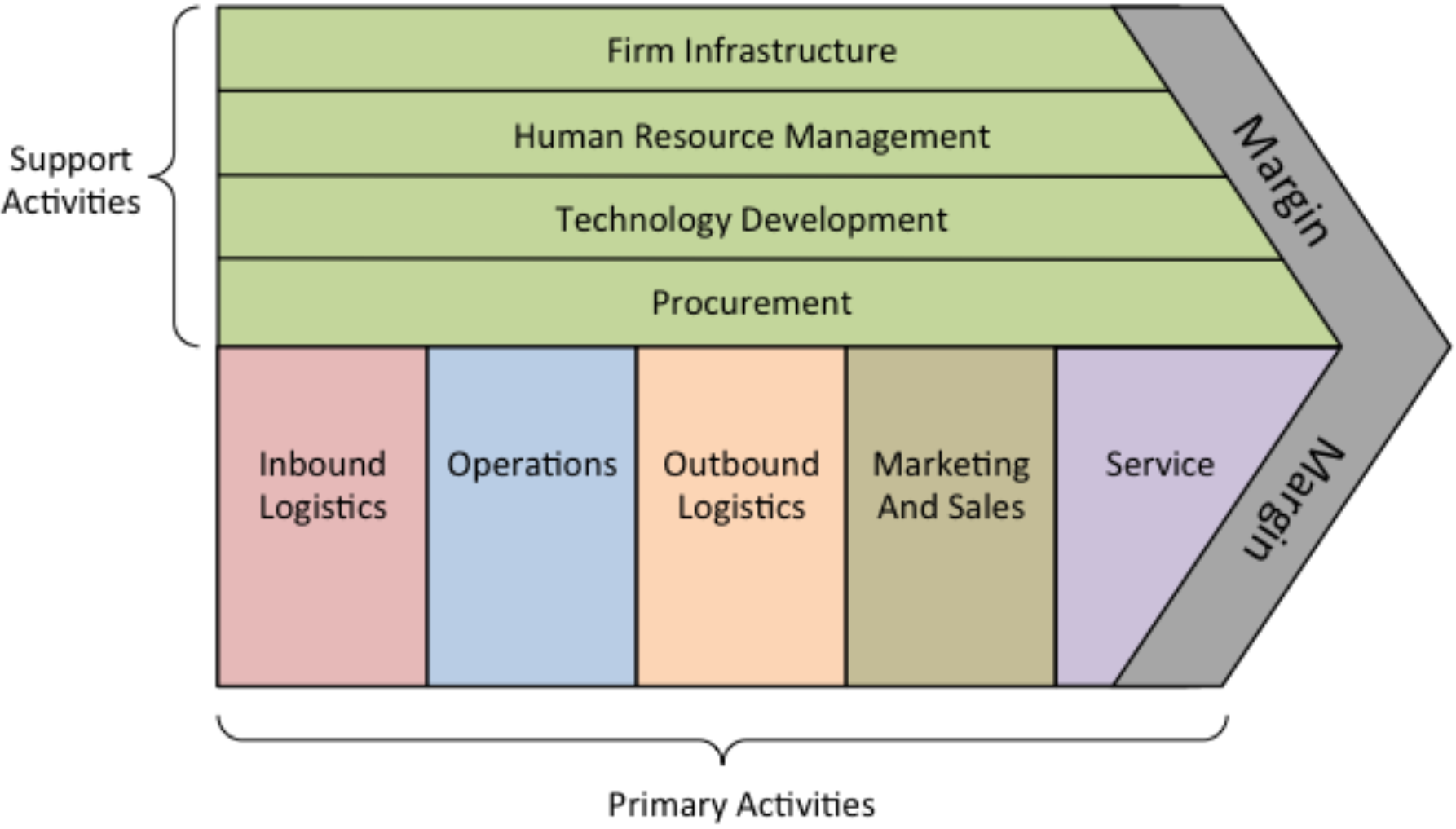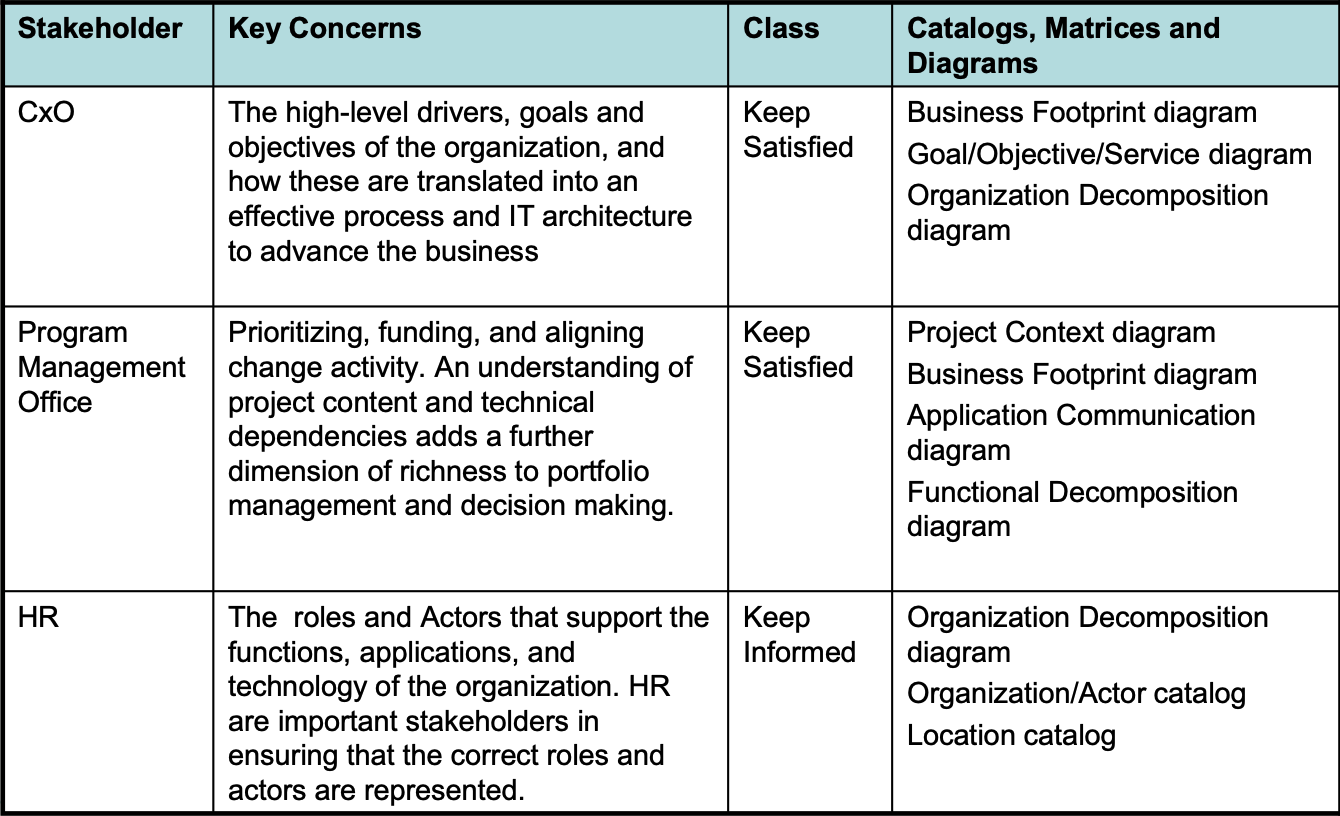Home » ArchiMate Viewpoint » Page 2
In the fast-paced business environment, having a solid business model is crucial for long-term success. A business model is a blueprint that outlines how a business creates, delivers, and captures value. It encompasses all aspects of a business, including its customers, products, marketing strategies, revenue streams, and cost structure. However, having a good business model is not enough to guarantee success. Implementation is equally important. An implementation plan provides a structured approach to executing the business model and achieving the intended goals. In this article, we will discuss why an implementation plan is…
continue reading →
The Solution Concept Diagram is a recommended diagram type in the older version of TOGAF ADM that is used to provide a high-level design of a solution. This diagram is used to depict the key components of a solution and their relationships. It is a simplified, conceptual view of the architecture model, which is easy to understand for non-architects. In this context, the Solution Concept Diagram can be considered as an earlier version of the ArchiMate Introductory Viewpoint. What is a Solution Concept Diagram The Solution Concept diagram is a high-level visualization of…
continue reading →
What is a Value Chain Diagram A value chain diagram is a visual representation of the various activities involved in the production of a product or service. It includes all the steps from the raw materials stage to the final delivery of the product or service to the customer. The diagram shows how value is added at each step of the process and helps to identify areas where efficiencies can be gained and costs can be reduced. It is a useful tool for businesses to analyze their operations and make improvements to their…
continue reading →
Stakeholder analysis is a valuable tool that businesses use to identify and prioritize the stakeholders involved in a project or initiative. This process helps organizations understand the interests, needs, and concerns of various stakeholders and develop effective strategies to engage with them. In this context, this stakeholder map analysis is conducted for XYZ Company's new product launch. The purpose of stakeholder map analysis is to identify and understand the different groups or individuals who have an interest or influence on a project, organization, or initiative. It helps to create a visual representation of…
continue reading →
In the TOGAF ADM, the first artifact in the first phase is the Principles Viewpoint. However, ArchiMate has introduced a Motivation Layer as an extension layer. Therefore, it would be useful to include an additional artifact in the TOGAF ADM for modeling the motivation of senior-level management in the preliminary phase. This will help to align all stakeholders with the top-level vision for architecture development projects. I suggest using the Motivation Viewpoint in ArchiMate to model this additional tool for the TOGAF ADM. What is The Motivation Layer in ArchiMate The Motivation Layer…
continue reading →
The Support of ArchiMate for TOGAF ADM ArchiMate fully supports TOGAF ADM (The Open Group Architecture Framework Architecture Development Method). ArchiMate is an enterprise architecture modeling language that is designed to support the description, analysis, and visualization of enterprise architectures. TOGAF ADM is a step-by-step approach to creating an enterprise architecture that is based on the principles of the TOGAF framework. ArchiMate provides a graphical language for modeling the components of an enterprise architecture, such as business processes, information flows, application systems, and technology infrastructure. These models can be used to support the…
continue reading →







